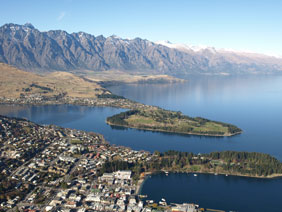Olympus E-510
-
-
Written by Gordon Laing
Outdoor scene - Olympus E-510 vs E-410 vs Canon 400D / XTi with kit lenses
Olympus E-510 results continued…
Outdoor / Resolution / Noise / Noise 2
|
Olympus E-510 Using ZD 14-42mm |
Olympus E-410 Using ZD 14-42mm |
Canon 400D / XTi Using EF-S 18-55mm | ||
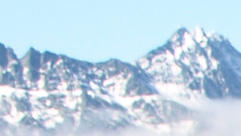 |
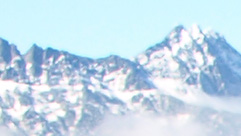 |
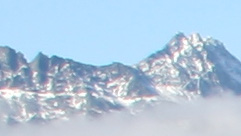 | ||
1/200, f8, 100 ISO |
1/200, f8, 100 ISO |
1/200, f8, 100 ISO | ||
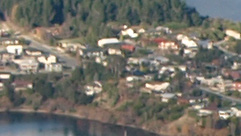 |
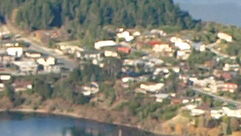 |
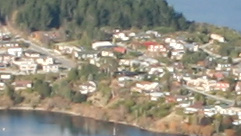 | ||
1/200, f8, 100 ISO |
1/200, f8, 100 ISO |
1/200, f8, 100 ISO | ||
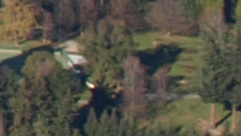 |
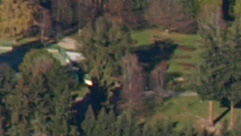 |
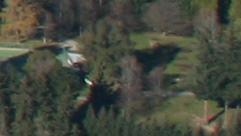 | ||
1/200, f8, 100 ISO |
1/200, f8, 100 ISO |
1/200, f8, 100 ISO |
The first thing to mention is we shot this scene using each camera’s default image processing options, which meant the Natural Picture Mode for the E-510 and the Vivid Picture Mode on the E-410. Both cameras have the same sensor and were fitted with the same physical lens, so the main difference between their crops above are to do with Natural versus Vivid processing. The latter unsurprisingly delivers punchier, sharper images, and is preferred for in-camera JPEGs, but if you intend to enhance your images with software later, the Natural mode is a more appropriate starting point. In terms of the Olympus bodies versus the Canon, the E-510 and E-410 are clearly capturing a smaller area due to their higher vertical resolution, but this doesn’t actually give them much of an advantage in terms of actual resolvable detail. We’d say it’s pretty close, although the 400D / XTi sample hasn’t blown its highlights as much on the mountain ridge. That said, the Olympus bodies, especially the E-410’s Vivid mode, have the edge on the foliage detail in the final row of crops. In our outdoor noise results page, we’ve placed the E-510 and E-410 on a level playing field by setting them both to the E-510’s default Natural picture mode. This page also illustrates the benefits of adjusting the E-510’s Noise Filter to reveal more detail.
Olympus E-510 JPEG versus RAW comparisonTo evaluate the effect of the E-510’s in-camera processing and compression, we recorded a best-quality SHQ JPEG followed by a RAW version of the same scene immediately afterwards. The JPEG and RAW files measured 6.6MB and 9.95MB respectively. At the time of writing, neither Adobe Lightroom nor Camera RAW supported the E-510’s RAW files, so we converted them using the supplied Olympus Master 2.02 software. We used the default settings and exported the image as a 16-bit TIFF, before opening in Photoshop CS2, converting to 8-bit then cropping and saving using the same JPEG settings as above. |
Olympus E-510 JPEG versus RAW, using ZD 14-42mm | ||
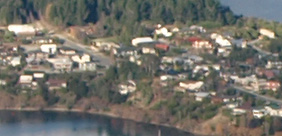 | 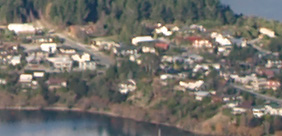 | |
JPEG, 1/200, f8, 100 ISO |
RAW conversion, 1/200, f8, 100 ISO | |
The crop from the RAW conversion on the right using the default Olympus Master settings looks virtually indistinguishable from the JPEG crop on the left. This is an identical result to that found with the E-410. One interesting thing to note though is now Olympus is compressing its RAW files on the E-510, they’re actually not much bigger than the best-quality SHQ JPEG mode, so switching to RAW wouldn’t greatly impact the file sizes. Of course as always, different source material, not to mention different RAW converters may deliver different results. |
